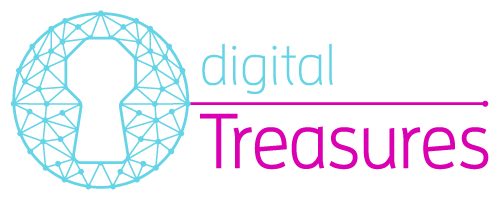Pillar 3 is about transports and the perennial impulse to travelling. The documents displayed are about machines, gadgets, inventions, maps, and a variety of other items that attest to the interest and the constant involvement of Europeans with voyages. Of special note are the documents related to long distance sea voyages, and the impact these voyages had not only in the economic history of Europe but more generally in the understanding of the geography of the Earth. Maps, reports, and other materials related to navigation document not only the voyages themselves but also this fascinating process of learning about the geography of the Earth. The same can be said about land travels, of course. Intense transportation in land and in rivers is a characteristic of the history of Europe and documents about these activities are also present in this Pillar of the exhibition.
In some historical periods maritime enterprises played a central role in the political and economic history of Europe. The famous voyages by the Vikings and the also celebrated sixteenth century sea voyages related to the so-called Great Discoveries during the period of Europe’s maritime expansion are important parts of the history of Europe.
Mastering the sea also led to a great number of other technological improvements, especially related to the construction of ships and the development of navigation techniques. But it was not only ships that were involved in sea explorations, because, as shown in some documents of this exhibition, diving into the oceans and travelling under water also has a long story of technological progress. More recent sea voyages are also documented in this exhibition, such as the celebrated Kon -Tiki expedition led by Thor Heyerdahl, a voyage that combined academic objectives with the allure of a great adventure.
Despite its attraction and its critical importance, the sea was never the only environment for voyages. Rivers were used for travelling in Europe since the most remote ages, and they were the privileged “roads” for the transportation of goods and people during centuries.
Finally, a particular mention should be made to flying, the most technologically challenging, and perhaps the most adventurous form of transportation. Pursuing the very old dream of being able to fly like the birds, Europeans spent centuries attempting, and gloriously failing, to fly. By the 18th century flying machines were planned and built, but it would take some time more for humans to finally master the heavens.
